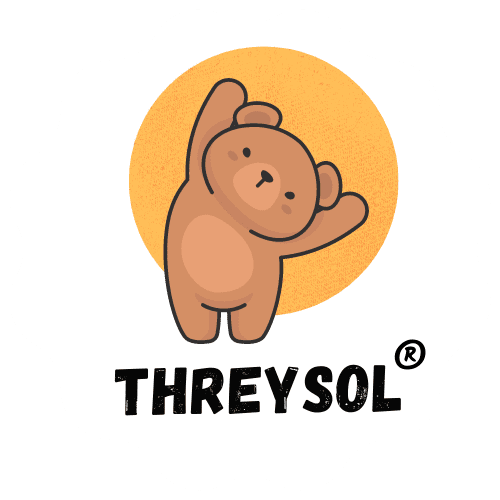In the intervention of children with Autism Spectrum disorders and other developmental disabilities the most recommended and evidence based approach is "ABA". Have you been wondering what it is? “ABA” stands for Applied Behavior Analysis. Applied Behavior Analysis (ABA) is a scientific approach to understanding behavior. ABA refers to a set of principles that focus on how behaviors change, or are affected by the environment, as well as how learning takes place. “Applied”, as a characteristic of ABA, means that the focus is on behavior that improves the quality of life of the child and those around him or her. The term "Behavior" refers to skills and actions needed to talk, play, and live. "Behavior" refers to all kinds of actions and skills (not just misbehavior). While these principles impact everyone each day, they can be "applied" systematically through interventions to help individuals learn and apply new skills in their daily lives.
ABA requires the implementation of established principles of learning, behavioral strategies, and environmental modifications to improve and teach new behaviors. In practice, implementation must be systematic so teachers can identify how behavior can be changed and understand how learning occurred (Analysis). The ultimate goal of ABA is to establish and enhance socially important behaviors. Such behaviors can include academic, social, communication, and daily living skills; essentially, any skill that will enhance the independence and/or quality of life for the individual.
ABA methods support persons with Autism in a variety of ways:
- Teach skills to replace problem behaviors. So child can learn what “to do,” not just what “to stop doing.”
- Increase positive behavior and reduce interfering behavior. For example, reinforcement procedures increase on-task behavior or social interactions and reduce behaviors like self-injury or stereotypy.
- Maintain behaviors. For example: Teaching self-control and self-monitoring procedures to maintain and generalize job-related social skills
- Change responses to your child’s behavior. These responses could unintentionally be rewarding problem behavior.
- Increase your child’s academic, social, and self-help skills.
- Improve ability to focus on tasks, comply with tasks, and increase motivation to perform.
- Aim to improve cognitive skills. Helps your child be more available for learning.
- Generalize or to transfer behavior from one situation or response to another (For example, from completing assignments in the resource room to performing as well in the mainstream classroom).
ABA is a methodical and consistent teaching approach. Every intervention has three basic parts also called "three term contingency":
- The request that is made of the child (Antecedent – “A”)
- The child’s response (Target Behavior – “B”)
- The way the adult reacts to the child’s response (Consequence – “C”)
ABA is based on the theory that behavior is shaped by the consequences of actions. Essentially, the consequences serve as the motivation for repeating the desired action in the future. We all learn through reinforcement and punishment contingencies. This is how we have all learned the behavior we have in our repertoire. Behavioral intervention utilizing the principles of ABA uses a systematic approach to teach a child how to discriminate and generalize the objects in his or her environment to enhance behavior (NICHD, 2007).
Each behavior is broken down into smaller elements, and new behaviors are taught one small element at a time; this method has proven to be highly effective when applied properly under the guidance of expert behavior analysts. ABA is considered an evidence-based “best” practice treatment by the US Surgeon General and by the American Psychological Association. “Evidence based” means that ABA has passed scientific tests of its usefulness, quality, and effectiveness. Hence it is the most recommended approach for intervention of children with Autism Spectrum Disorders (ASD) and Developmental disabilities.
References:
- www.special-learning.com
- www.autismspeaks.org
